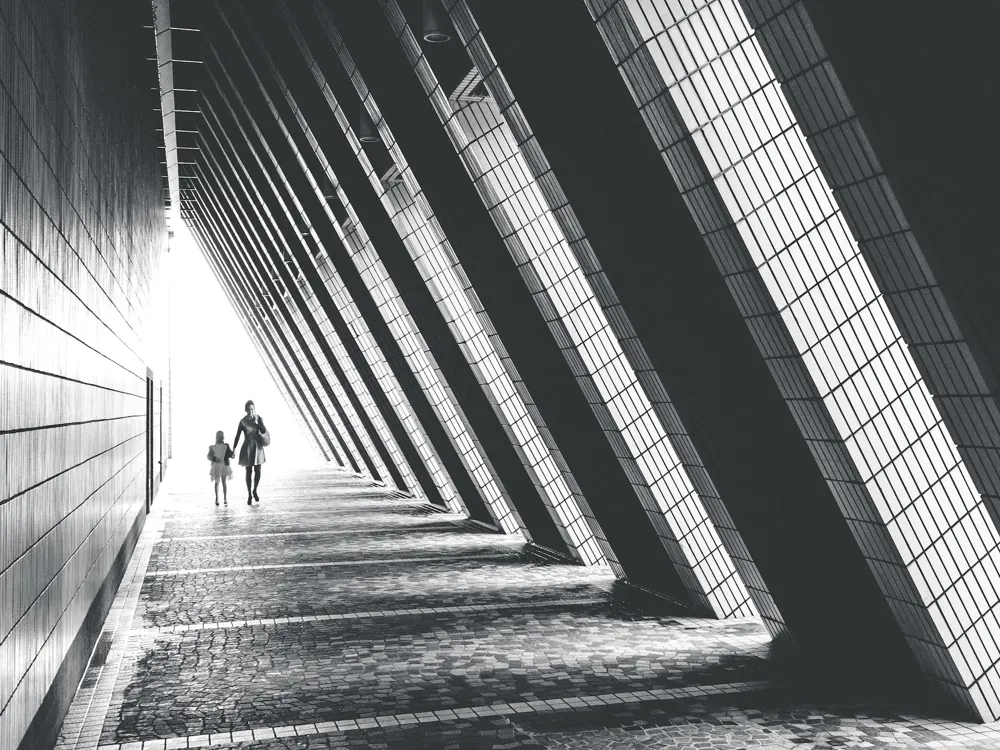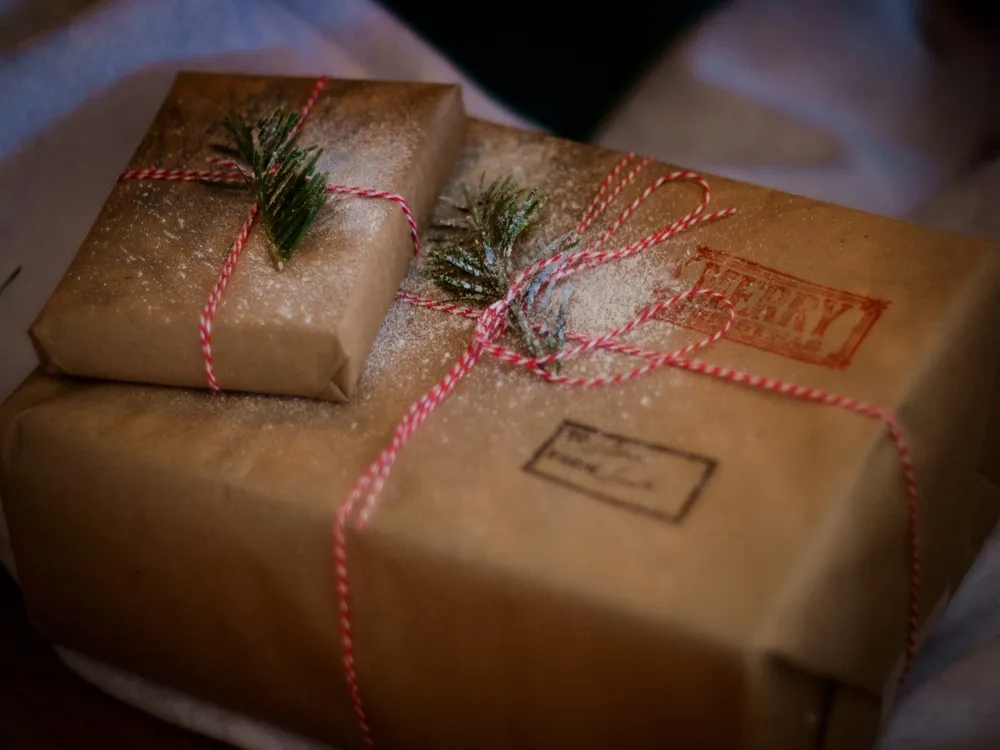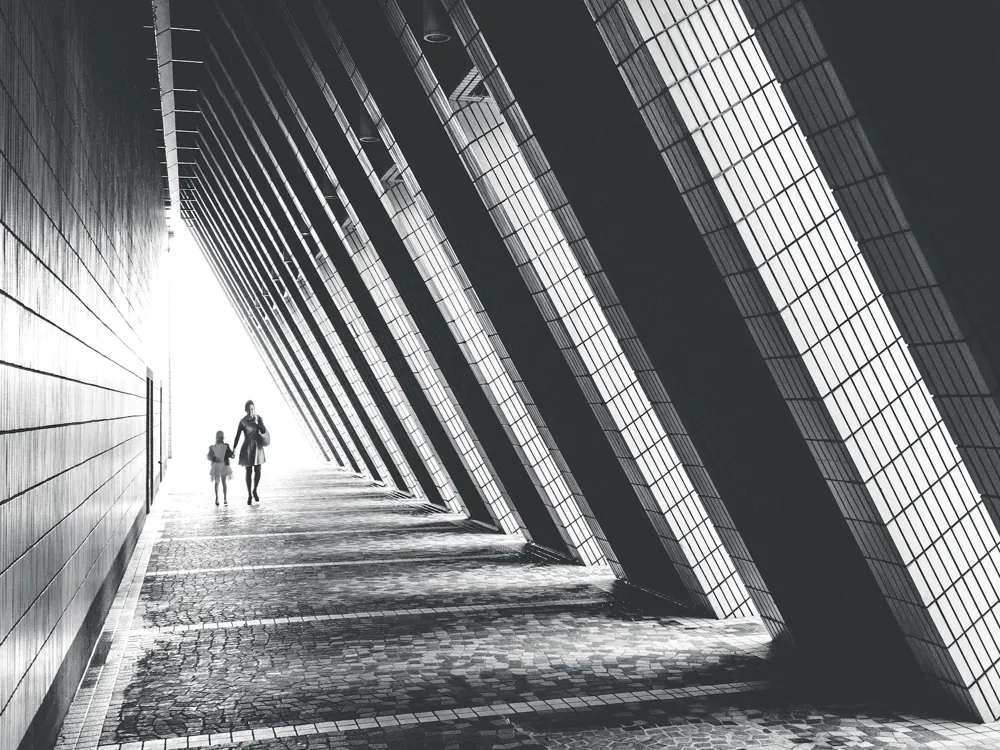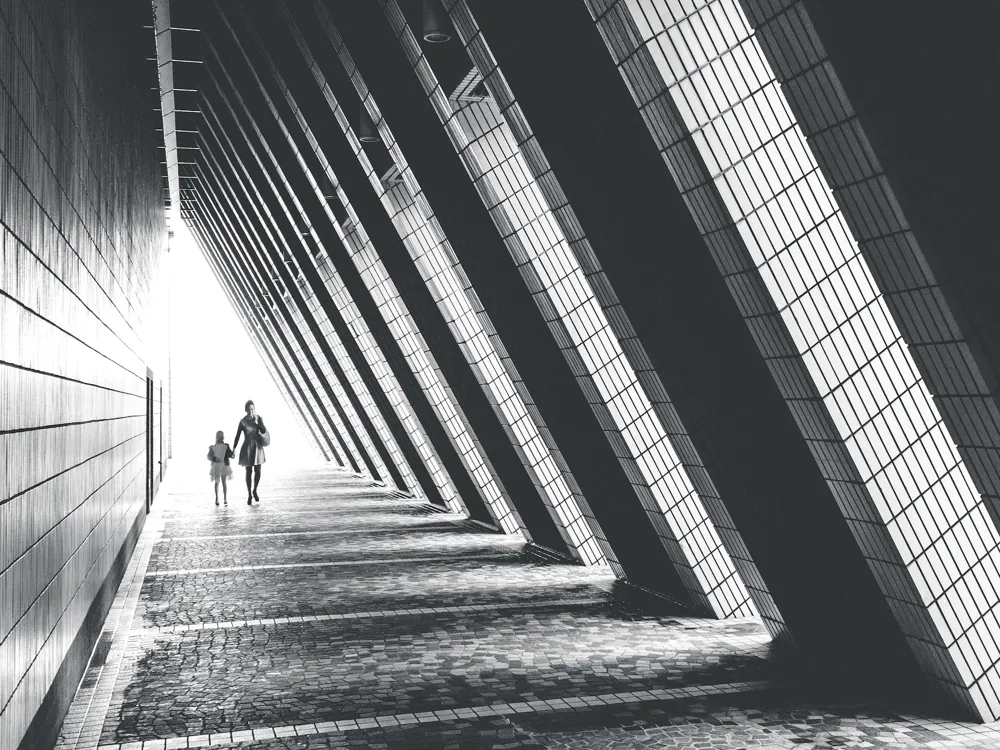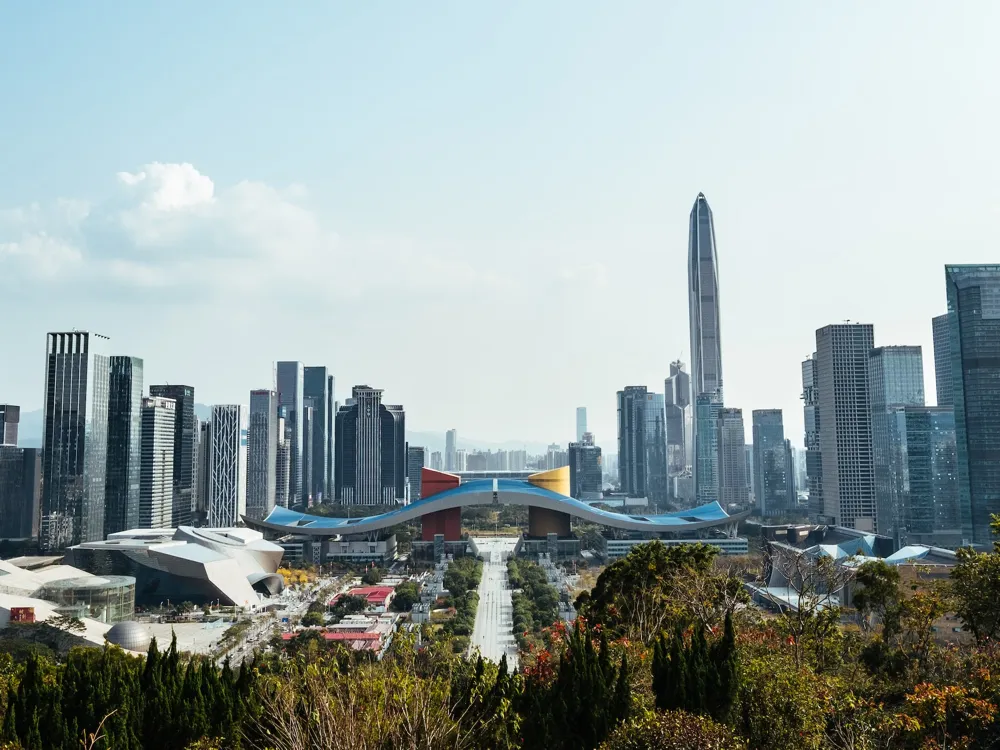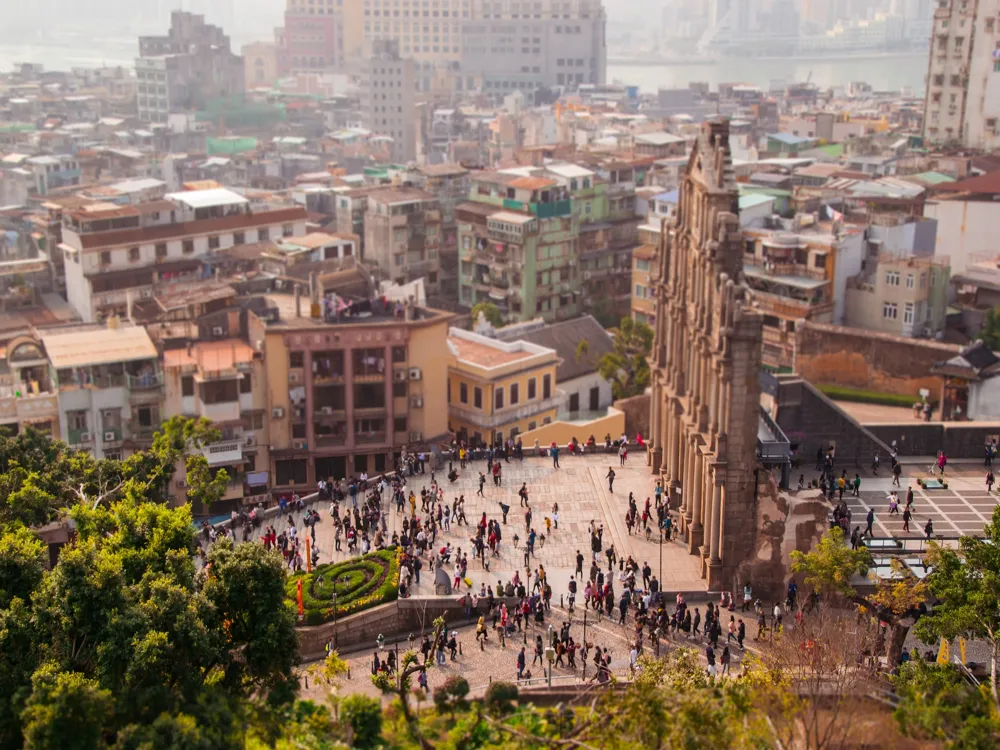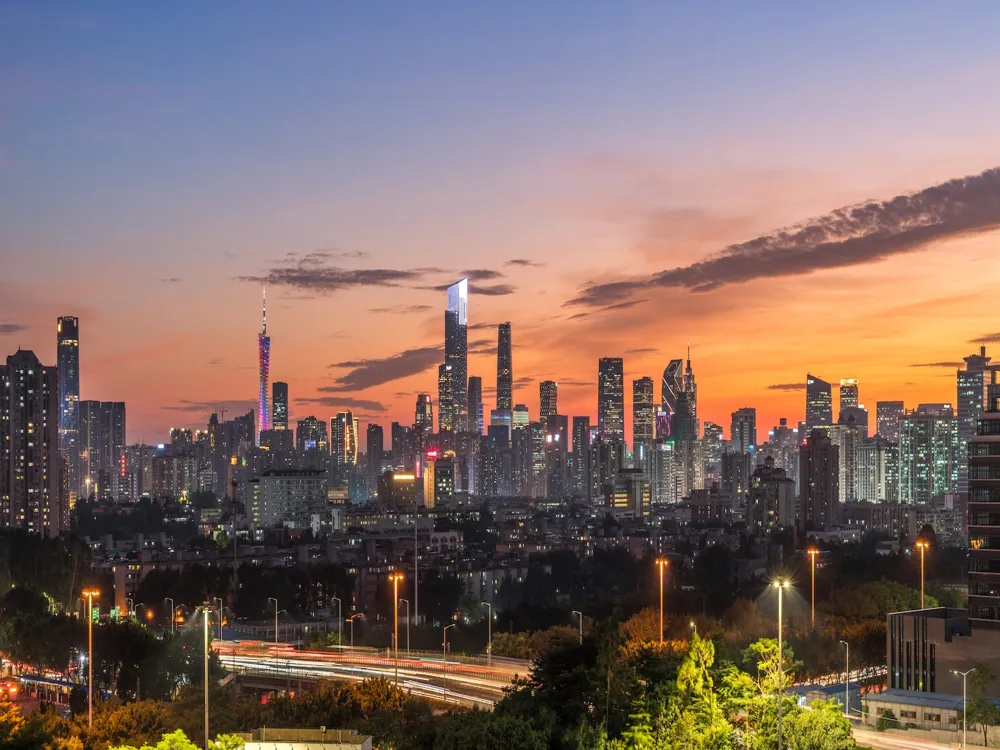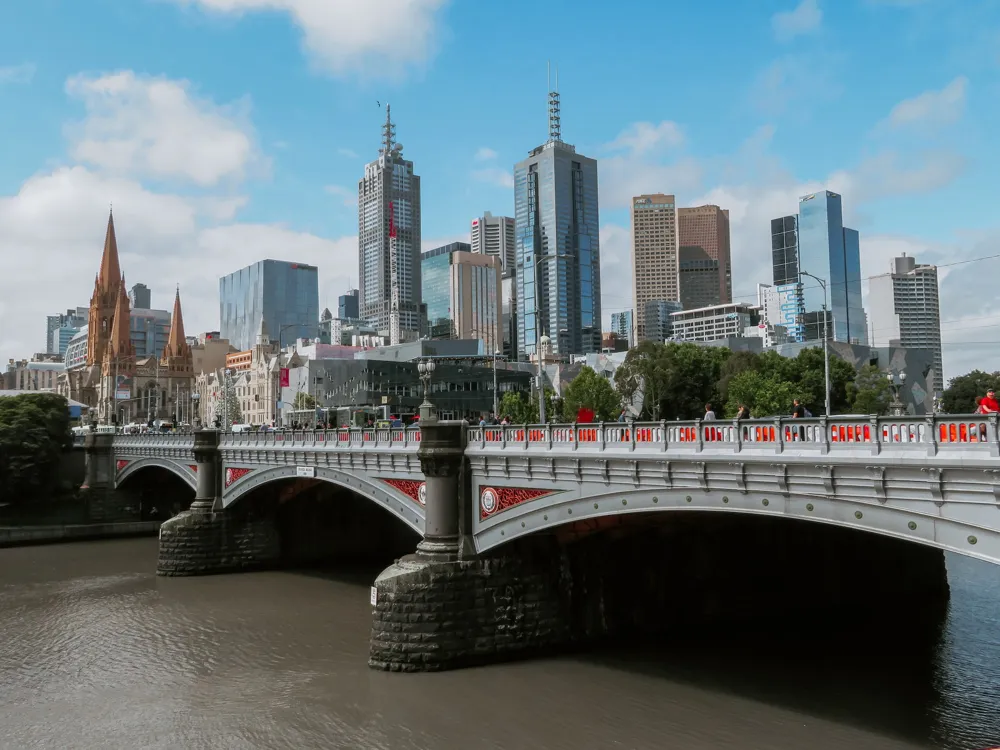The Chung Yeung Festival, a significant cultural event in Hong Kong, traces its origins back to age-old Chinese traditions. Celebrated on the ninth day of the ninth lunar month, this festival, also known as the Double Ninth Festival, intertwines history, folklore, and modern celebrations into a vibrant tapestry that reflects the rich cultural heritage of Hong Kong. At its core, Chung Yeung Festival is a day of remembrance, where families pay respects to their ancestors and embrace the virtues of filial piety, a cornerstone of Chinese culture.
Legend has it that the origins of Chung Yeung Festival date back to the Han Dynasty. A soothsayer advised a young man to take his family to a high place for the entire ninth day of the ninth lunar month. Heeding this advice, the young man and his family ascended a mountain, only to find their village destroyed by evil spirits upon their return. This story has shaped the festival's activities, with hill climbing becoming a symbolic act to avoid evil and seek good fortune. Over centuries, this tradition has evolved, incorporating various elements such as flying kites, which are believed to carry bad luck away into the sky.
In contemporary Hong Kong, Chung Yeung Festival is a public holiday, giving people the opportunity to engage in various activities. Families visit the graves of their ancestors to clean the tombstones, present offerings, and burn incense, a ritual known as 'Shang Shan'. This ritual signifies respect and remembrance, maintaining a strong connection with the past. Additionally, the festival has become a time for families to gather, enjoy outdoor activities, and celebrate the beauty of autumn. The juxtaposition of modern celebrations with traditional rituals highlights the dynamic nature of Hong Kong's culture and the festival's role in preserving historical values while embracing contemporary practices.
The Chung Yeung Festival, though primarily a cultural and familial event, also showcases Hong Kong's unique architectural landscape. During the festival, the city's traditional and modern architectural elements come into sharp relief, providing a backdrop for the celebrations and rituals. From ancestral gravesites nestled in lush hills to the urban sprawl of the city, the architecture of Hong Kong plays a significant role in the Chung Yeung Festival experience.
The traditional gravesites, often located in hillside cemeteries, are an integral part of the festival. These cemeteries are architectural marvels in themselves, featuring a range of styles from simple, modest gravestones to elaborate mausoleums. The designs often incorporate feng shui principles, reflecting the belief in harmony between the living and the dead. The layout of these cemeteries, with winding paths and carefully arranged plots, creates a serene and respectful atmosphere for ancestral worship.
In contrast, the urban architecture of Hong Kong provides a starkly different setting for the festival's more contemporary aspects. The city's skyline, marked by towering skyscrapers and modern buildings, represents the rapid development and cosmopolitan nature of Hong Kong. During Chung Yeung Festival, many families opt for urban parks and public spaces amidst these architectural giants for kite flying and picnics, blending traditional practices with modern city life. This juxtaposition of old and new, natural and man-made, rural and urban, underscores the diverse architectural tapestry of Hong Kong and its role in shaping the festival experience.
Moreover, the transportation architecture in Hong Kong, including its well-developed public transit system and numerous hiking trails, facilitates access to both urban and rural areas during the festival. This accessibility allows locals and visitors alike to partake in Chung Yeung Festival activities, whether it's visiting a hillside cemetery or enjoying a family outing in a city park. The seamless integration of various architectural elements within the city underscores Hong Kong's ability to honor its cultural heritage while progressing into a modern, global metropolis.
When planning to visit the Chung Yeung Festival in Hong Kong, consider the timing of your trip to coincide with the festival date, which varies each year according to the lunar calendar. Also, research the weather conditions and prepare accordingly, as autumn in Hong Kong can be quite variable.
Understanding and respecting local customs is crucial. Remember that Chung Yeung Festival is a time for honoring ancestors, so observe local practices with respect. Avoid loud or disruptive behavior, especially in cemeteries and during rituals.
To fully experience the festival, explore both the urban and rural aspects. Visit
Overview of Chung Yeung Festival in Hong Kong
Architecture of Chung Yeung Festival
Tips When Visiting Chung Yeung Festival
Plan Your Visit
Respect Local Customs
Explore Both Urban and Rural Areas
Chung Yeung Festival
Hong Kong
NaN onwards
View hong-kong Packages
Hong-kong Travel Packages
View All Packages For Hong-kong
Top Hotel Collections for Hong-kong

Private Pool

Luxury Hotels

5-Star Hotels

Pet Friendly
Top Hotels Near Hong-kong
Other Top Ranking Places In Hong-kong
View All Places To Visit In hong-kong
View hong-kong Packages
Hong-kong Travel Packages
View All Packages For Hong-kong
Top Hotel Collections for Hong-kong

Private Pool

Luxury Hotels

5-Star Hotels

Pet Friendly







